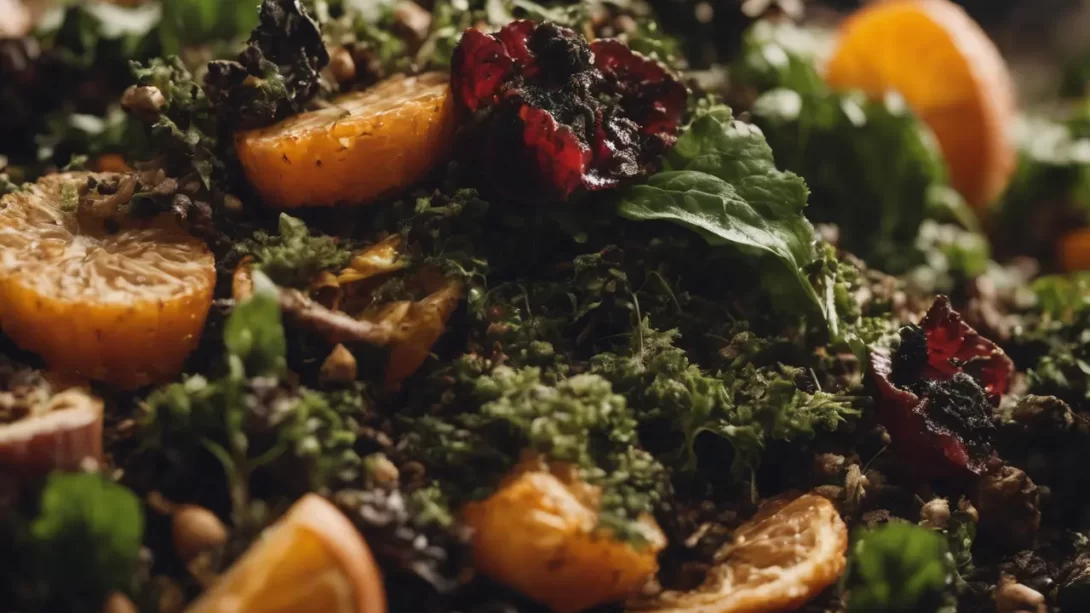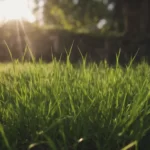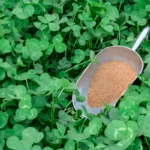Composting is a key component of sustainable living, turning organic waste into nutrient-rich soil that can benefit the environment in numerous ways. A common question among composting enthusiasts is whether it’s safe and effective to add moldy food to their compost piles. Understanding the role of moldy food in composting is essential for maintaining a healthy composting system and maximizing its environmental benefits.
What is Composting?
Composting is a natural process that transforms organic waste materials into a rich soil conditioner, known as compost. It involves the decomposition of organic matter by microorganisms under controlled conditions. There are several types of composting methods, each suited to different needs and scales. Hot composting, for instance, is faster and can handle a wider range of materials, including tougher plant matter. Cold composting, on the other hand, is simpler but slower. Vermicomposting uses worms to break down waste and is excellent for small-scale indoor composting.
Moldy Food and Composting
Moldy food is essentially food that has begun the process of decomposition, with visible mold growth indicating the presence of fungi. In the context of composting, moldy food can be considered as pre-digested material, making it easier for the composting microorganisms to break it down further. When added to a compost pile, moldy food introduces additional fungi and bacteria, which can enhance the decomposition process. However, it’s important to understand how to incorporate moldy food into compost correctly to avoid potential issues.
Benefits of Adding Moldy Food to Compost
Introducing moldy food into your compost pile offers several advantages. Firstly, the decomposition process has already started in moldy food, meaning these items will break down more quickly in the compost. This can accelerate the overall composting process, leading to faster production of usable compost. Additionally, the fungi and microorganisms present in moldy food contribute to the diversity of microbial life in the compost pile. This diversity is crucial for a healthy compost system, as different microorganisms play various roles in breaking down organic matter and creating rich, nutrient-dense compost.
Considerations and Precautions
While adding moldy food to compost has its benefits, there are also important considerations to keep in mind. One potential issue is the attraction of pests. Moldy food can draw unwanted visitors like rodents and flies, especially if not properly managed. To mitigate this, bury moldy food deep within the compost pile, away from the surface. Another concern is the generation of unpleasant odors, which can occur if the compost pile is not well-aerated or if there’s an imbalance in the types of materials being composted. Regular turning and maintaining a good balance of green (nitrogen-rich) and brown (carbon-rich) materials can help minimize odor issues.
Types of Moldy Foods to Avoid in Compost
Certain types of moldy foods are best left out of the compost bin. Generally, it’s advisable to avoid composting moldy dairy products, meats, and cooked foods containing oils and fats. These items can create odor problems, attract pests, and are slower to decompose. They may also introduce harmful pathogens into the compost, which could be detrimental to the final compost quality, especially if it’s being used in vegetable gardens.
How to Compost Moldy Food Effectively
To successfully add moldy food to your compost, follow these steps:
- Balance Your Compost: Ensure your compost has a good balance of green and brown materials. Green materials are rich in nitrogen and include kitchen scraps and grass clippings, while brown materials are rich in carbon and include dry leaves, straw, and paper. A balanced compost pile decomposes more efficiently and controls moisture and odor.
- Chop or Break Up Large Pieces: Breaking down moldy food into smaller pieces can speed up the composting process. Smaller pieces provide more surface area for microorganisms to work on, leading to faster decomposition.
- Bury Moldy Food in the Compost Pile: To prevent attracting pests and to reduce odor, bury moldy food deep within the compost pile. This practice also helps in integrating the moldy food with other composting materials, enhancing the decomposition process.
- Regular Aeration: Turn your compost pile regularly to provide oxygen to the microorganisms breaking down the material. This aeration is crucial for preventing foul odors and ensuring a healthy composting process.
- Monitor Moisture Levels: Moldy food can add excess moisture to your compost pile. Ensure your compost maintains the consistency of a wrung-out sponge. If it’s too wet, add more brown materials to absorb the extra moisture.
Conclusion
Moldy food can be a valuable addition to your compost pile, contributing to the nutrient content and aiding in the decomposition process. However, it’s important to do so responsibly. By following the guidelines outlined above, you can ensure your compost remains healthy, efficient, and free from pests and unpleasant odors. Composting moldy food not only reduces waste but also transforms it into a resource that can enrich your garden soil, promoting sustainable living practices.
Incorporating moldy food into your compost is a practical way to enhance the environmental benefits of composting. With a little care and attention, your compost can turn kitchen scraps, including moldy food, into black gold for your garden, contributing to a healthier and more sustainable ecosystem.




